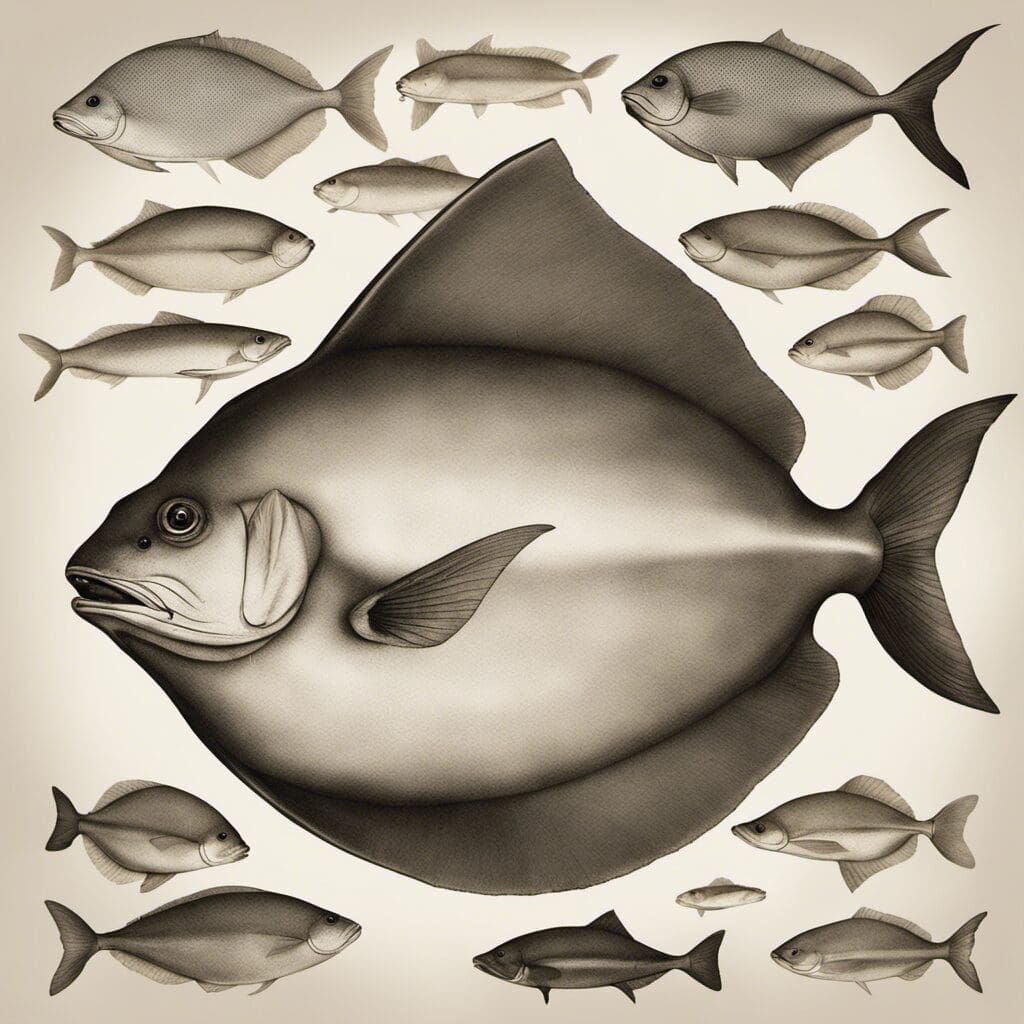Introduction
The Haller’s Round Ray (Urobatis halleri) is a species of round ray, a type of stingray, that belongs to the Urotrygonidae family. Named after the Swiss naturalist Alphonse Louis Pierre Pyrame de Candolle, it is a small and interesting marine creature.
Conservation Status
The Haller’s Round Ray is currently classified as a species of Least Concern on the International Union for Conservation of Nature (IUCN) Red List. Ongoing conservation efforts are primarily focused on monitoring population trends and preservation of its natural habitat.
Statistics
| Length | Weight | Average Lifespan |
|---|---|---|
| Average: 10 cm, Range: 6-14 cm | Average: 0.3 kg, Range: 0.2-0.6 kg | Up to 10 years |
Distribution
The Haller’s Round Ray is primarily found along the western coast of America, from the Gulf of California in Mexico up to the US state of Oregon. There are no notable migration patterns.
Habitats
- Water type: Marine, brackish
- Depth range: 0-20 m
- Temperature range: 15-24°C
When and Where to See
The Haller’s Round Ray can be spotted year-round, particularly in shallow coastal waters during the day.
Best Fishing Locations
Popular locations for catching Haller’s Round Ray include:
- Gulf of California, Mexico
- The Northwestern Pacific coastline, USA
- Southern California, USA
For those who don’t have access to specific locations, look for them in shallow, sandy or muddy areas, particularly in brackish waters.
How to Catch
- Preferred bait: Live or cut fish
- Fishing techniques: Bottom fishing or spearfishing
- Best time: During the day, particularly at high tide
Identification Guide
The Haller’s Round Ray is characterised by its near-round disc shape, grey to dark brown dorsal side and white underside. Unlike other rays, it has no dorsal fin and its tail is short and thick.
Culinary Information
Haller’s Round Ray is not commonly consumed and therefore, culinary information is scarce.
Additional Information
The Haller’s Round Ray is a solitary species that feeds on marine invertebrates and small fish. Its natural predators include larger fishes and marine birds. It faces human-induced threats from habitat destruction and pollution.
References and Further Reading
For further reading, please check FishBase or Oceana website.

